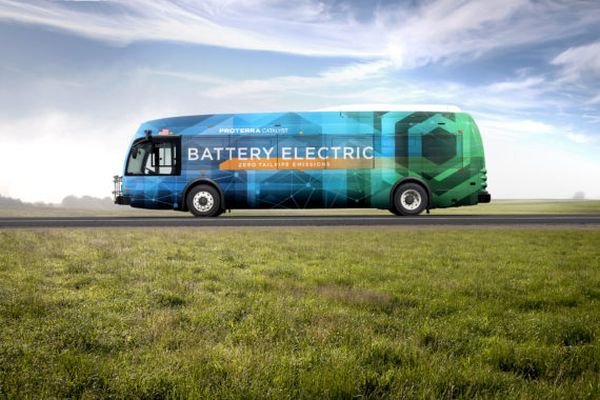Finding new ways to lower energy usage is important to reducing the carbon footprint of the products one is manufacturing.
A case in point is manufacturing commercial aircraft and large vehicles. The process of curing just one section for such vehicles can consume over 96,000 kilowatt-hours of energy and produce more than 80 tons of carbon dioxide. That’s according to Scott White, one member of a team of researchers at the University of Illinois at Urbana-Champaign.
That’s roughly the amount of electricity needed to supply nine single family homes for one year, according to the US Energy Information Administration.
The researchers say they have found a way to make heat set polymer parts for cars, trucks, buses, and airplanes that uses one tenth as much electricity.
By touching what is essentially a soldering iron to one corner of the polymer surface, one could starts a cascading chemical-reaction wave that propagates throughout the material. Once triggered, the reaction uses enthalpy, or the internal energy of the polymerization reaction, to push the reaction forward and cure the material, rather than an external energy source.
This development marks what could be the first major advancement to the high-performance polymer and composite manufacturing industry in almost half a century.
The team has demonstrated that this reaction can produce safe, high quality polymers in a well controlled laboratory environment. Because it is compatible with commonly used fabrication techniques like molding, imprinting, 3-D printing, and resin infusion, the researchers envision the process being applicable to large scale production.






